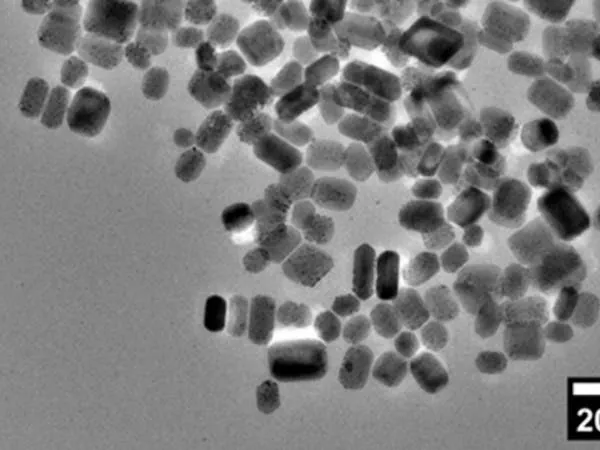
Revolutionary 'Avalanching Nanoparticles' May Transform the Future of Optical Computing!
2025-01-07
Author: Daniel
Groundbreaking Discovery in Optical Computing
A groundbreaking discovery by a team of international researchers has unveiled a novel luminescent nanocrystal that could significantly enhance the efficiency of future computing technologies. This exciting finding, developed by experts from the Lawrence Berkeley National Laboratory, Universidad Autónoma de Madrid, Huazhong University of Science and Technology, Oregon State University, and Columbia University, promises to push the boundaries of optical computing.
Implications for Technology Advancement
Artiom Skripka, an assistant professor at Oregon State University and the study's lead author, stated, 'The remarkable switching and memory capabilities of these nanocrystals hold the potential to revolutionize optical computing—a method of information processing and storage utilizing light particles, which travel faster than anything in the universe.' He emphasizes the implications of this research for advancing artificial intelligence and various information technologies.
Unique Properties of Avalanching Nanoparticles
The team's innovation lies in the unique property of these 'avalanching nanoparticles,' which exhibit a significant increase in light emission with just a slight increase in the intensity of the laser used to excite them. What sets these nanocrystals apart is their ability to maintain stability in two different states. Unlike traditional luminescent materials that only emit light when excited, these nanocrystals can demonstrate a surprising behavior: they can alternately exhibit brightness or darkness under identical excitation conditions.
Analogy of Bicycle Riding
Skripka analogizes this function to riding a bicycle. 'Initially, a higher laser power is necessary to switch them on and witness light emission. However, once they start emitting, we can maintain the luminescence at lower power levels. It's akin to pedaling hard to start a bike—once in motion, you exert less effort to keep it going.'
Potential Applications and Advancements
The potential applications of these luminescent nanocrystals are staggering. If successfully integrated with photonic materials, they could significantly enhance performance and energy efficiency in optical computing systems. Additionally, their unique properties could lead to advancements in medical imaging, environmental monitoring, and telecommunications, enabling faster and more efficient data processing across industries.
Need for Further Research
While this discovery marks an exciting chapter in technology development, Skripka cautions that further research is imperative. 'More work is needed to tackle challenges such as scalability and compatibility with existing technologies before we can harness these findings for practical applications,' he admitted.
A Bright Future for Optical Computing
The future of computing could potentially shine brighter with these revolutionary nanocrystals. As researchers continue to innovate and explore the capabilities of materials at the nanoscale, we stand on the brink of a new era in optical computing that could redefine our relationship with technology. Keep an eye on these developments—they're just getting started!

 Brasil (PT)
Brasil (PT)
 Canada (EN)
Canada (EN)
 Chile (ES)
Chile (ES)
 Česko (CS)
Česko (CS)
 대한민국 (KO)
대한민국 (KO)
 España (ES)
España (ES)
 France (FR)
France (FR)
 Hong Kong (EN)
Hong Kong (EN)
 Italia (IT)
Italia (IT)
 日本 (JA)
日本 (JA)
 Magyarország (HU)
Magyarország (HU)
 Norge (NO)
Norge (NO)
 Polska (PL)
Polska (PL)
 Schweiz (DE)
Schweiz (DE)
 Singapore (EN)
Singapore (EN)
 Sverige (SV)
Sverige (SV)
 Suomi (FI)
Suomi (FI)
 Türkiye (TR)
Türkiye (TR)
 الإمارات العربية المتحدة (AR)
الإمارات العربية المتحدة (AR)